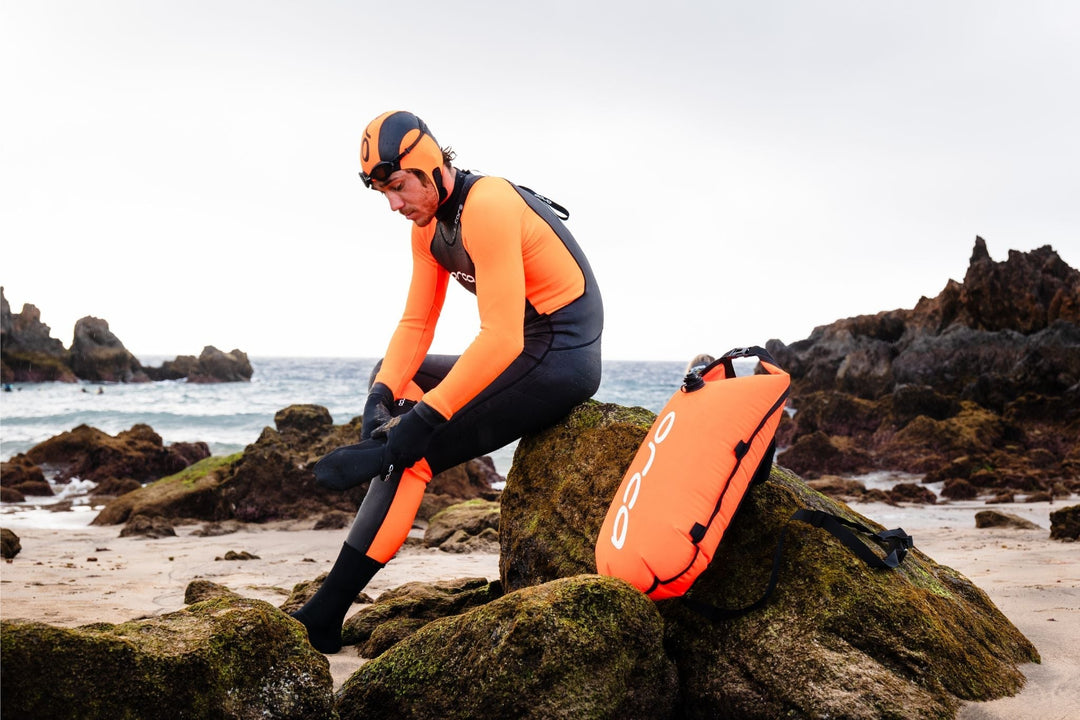There is no doubt that these last few months have been some of the most challenging in our lifetimes, however, lately I have been spending some time looking for the positives that have come out of the lockdown. One of those has to be the extra free time that many have had to pursue sports and interests that they enjoyed in years past.
The sport of windsurfing has been one of those to benefit from a rekindling of old passions. There is a lot of windsurfers out there that for various reasons have allowed dust to gather on their kit for a number of years. As restrictions have eased I have seen a big increase in numbers sailing at various beaches. In the shop we have seen that reflected in a big upturn in the sale of windsurfing essentials such as deck plates, mast extensions and downhaul rope to people updating older equipment.
Over time rubber corrodes and aluminium components can anodize meaning cleats won’t hold any more, boom ends seize and outhaul and downhaul ropes are at risk of snapping under pressure.
I have put together a list of essential items from a safety point of view you should look at updating if you are getting back on the water after an extended break. A lot of this advice is also useful if you are buying second hand gear. Especially where someone is clearing out a shed and selling job lots.
1. Replacement deck plate/mast foot
We have a lot of options there for you here in stock. From boge to tendon to articulated the choice is not always clear and it is often a matter of personal preference. From my experience deckplates with tendons will feel more responsive and give more feed back when sailing than say a boge joint but many people prefer the solidity of a boge joint. A boge joint will also generally last longer than a tendon but a tendon is a quicker job to replace.
2. Mast extensions.
Hopefully your mast extension is still in good working order even if it has been sitting on a shelf for the last few years. There are some important safety checks to make though. First off make sure that the cleat for your down haul has not anodized and lost its grip. Next attach a deckplate and make sure the locking mechanism is still in full working order. On some models it was common to use sliding metal rings to adjust the length of the extension, make sure that this hasn’t seized. If all of these check out then make sure to replace your downhaul rope. If you need a new one we offer a range of mast extensions to suit. If you are looking for something less common like US/double push pin then do get in touch as we can source these for you easily.
3. Ropes
Replace all downhaul and outhaul ropes on booms and extensions. No matter how well your gear was stored it is not worth risking a rope snapping. We sell dyneema and standard polyester downhaul rope. Both work well but my preference is Dyneema as it runs easier, is smoother on the hands and offers advanced slip characteristics suitable for high powered downhaul systems. It also keeps its round profile under very high loads, so holds extremely well in extension cleats. From a safety perspective I always carry a long line of down haul rope when I go out windsurfing. You can have it wrapped around your harness hook bar or tucked away in a pocket in your bouyancy aid. It is amazing how many situations this can help you out of if things go wrong. We sell by the metre and recommend 2 metres for downhaul and 1 metre for outhaul.
4. Buoyancy aids
Buoyancy aids are the best investment you can make in your own safety. In many countries they are mandatory. If you have been off the water for a while both fitness and technique may have suffered a little bit and an extra bit of float makes things like water starting much easier. When choosing one I always look for a pocket to store extra rope, but it can also be used to hold a small knife, a flare, a snack and even your mobile phone (in a waterproof pouch).
5. Drypouch
These are great for carrying your phone and car keys. Being able to make a call to emergency services if you get into trouble is very useful but in this post wrist watch age it might be your only way to tell the time to know when you have to get home to take the dinner out of the oven, when your lunch break is over (working at home has really been the windsurfers' friend) or to head off calls to the emergency services by loved ones.
6. Boom
If well stored there is no reason that your boom won’t be able to return to full service with a little bit of attention. This is particularly the case if you invested in a fully carbon boom. Check that the boom tail end is moving freely in and out and the boom clips are holding well and not cracked. Then replace all the old ropes including outhaul, boom clamp and even the uphaul loop if possible. Where you can run into more trouble is with aluminium booms. The classic problem is that the aluminium tail piece has anodized and seized in the main body of the boom. Sometimes this can be freed up, sometimes not. Many techniques have been tried over the years for badly stuck booms but that is a topic that deserves an article on it’s own. If it really looks like your old boom has to be retired for good then we have a great selection of booms for you to choose from.
Conclusion
So there you have it, 6 essential checks to make before getting back in to windsurfing. If you are taking the plunge to get back into the sport, let us know and we will help guide you in the right direction. Just send us message on messenger chat.






Leave a comment